What's the difference between DRAM and DRAM-less SSD?
SSD drives are a great way to increase PC performance. Unfortunately, they are not all created equal. One of the biggest differences between all the SSDs on the market is whether or not it has DRAM.
It doesn't matter whether you're considering SATA, M.2 or PCIe. All SSDs are divided into 2 types: With or without DRAM. Having DRAM almost always increases the price of an SSD. So what is DRAM? Do you need it?
What is DRAM?
Whether you're considering buying a 2.5-inch SATA SSD or an M.2 NVME SSD, you may have noticed something called DRAM. Some drives have DRAM while others do not (often called DRAM-less).
SSD stores data on a number of memory cells called NAND Flash. Throughout the life of an SSD, data is moved around these cells quite a bit. It does this automatically to ensure that no memory cells are worn out by repeated read/write operations. Therefore, SSDs need to keep a map of the location of data on the drive. This is so that when you want to launch a program, run a game or open a file, the SSD knows exactly where to find it. That map is stored on the DRAM (Dynamic-Random Access Memory) of the SSD.
Compare DRAM and DRAM-less SSD
Brief comparison
Both non-DRAM and DRAM SSDs make the list of the best SSDs of 2023. Each type of storage device has its suitable use case, and you can even choose a combination of DRAM and non-DRAM drives. DRAM for your system.
| DRAM SSDs | DRAM-less SSD | |
|---|---|---|
| Efficiency | Faster performance | Relatively slow |
| Price | High-end models have high prices | Effective cost savings |
| Power consumption | Consume more energy | Consume less energy |
| Longevity | Better durability and warranty | Lower endurance and warranty |
Efficiency
SSDs with dedicated DRAM chips have better performance than SSDs without DRAM because DRAM is much faster than NAND flash memory. Instead of your PC having to rummage through the SSD to find relevant data, your PC can access the DRAM cache faster. Therefore, your PC will not have to wait long for the SSD to retrieve the necessary data. This provides a much faster experience for the end user.
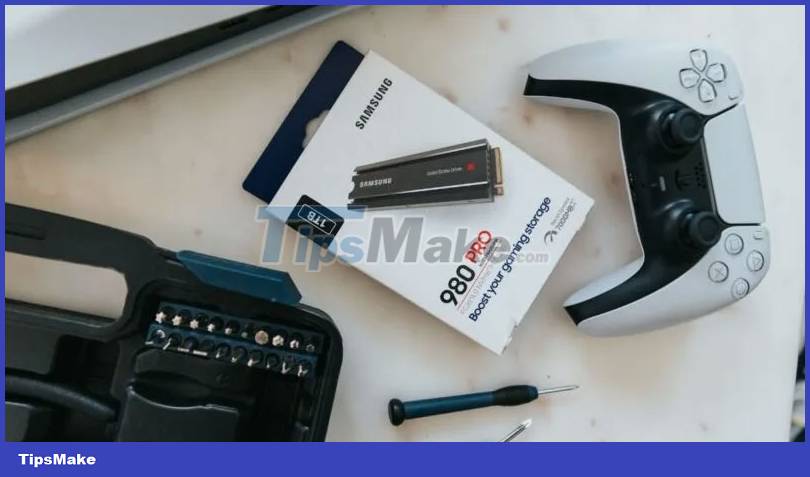 What's the difference between DRAM and DRAM-less SSD? Picture 1
What's the difference between DRAM and DRAM-less SSD? Picture 1
SSDs without DRAM store data maps straight to slower NAND Flash memory. This results in relatively slower performance when compared to DRAM SSDs. However, over the years, SSDs without DRAM have started using Host Memory Buffer (HMB) - the process of using the computer's system memory as DRAM. This is slower than dedicated DRAM but still faster than flash memory.
Thanks to HMB, non-DRAM SSDs like the WD_BLACK SN770 deliver similar performance to top DRAM SSDs like the Samsung 980 Pro.
Price
Because there is no dedicated DRAM chip on the drive, SSDs without DRAM cost less than DRAM SSDs. Previously, DRAM SSDs retailed at significantly higher prices. However, over time, SSD prices began to plummet, leaving them at an all-time low. Both types of SSDs can be purchased at relatively affordable prices.
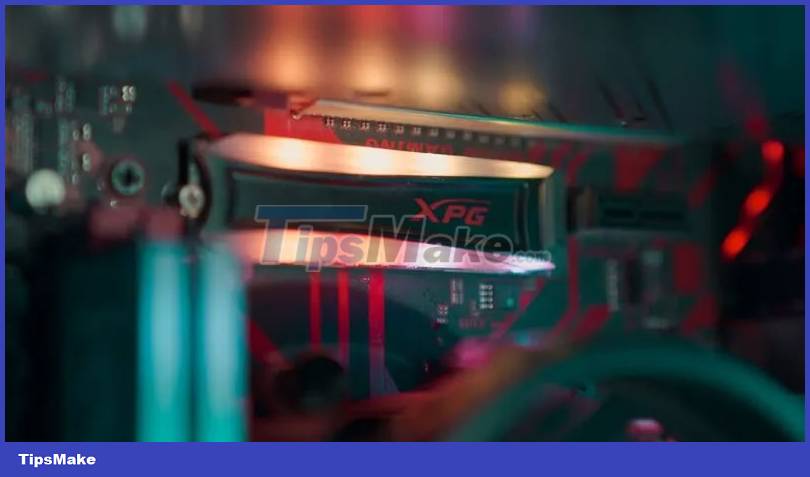 What's the difference between DRAM and DRAM-less SSD? Picture 2
What's the difference between DRAM and DRAM-less SSD? Picture 2
For example, you can buy the Samsung 980 Pro, a DRAM SSD, for around $120 for the 2TB model. Similarly, you can also buy an SSD without DRAM like the WD_BLACK SN770 for $100 for the 2TB model. The price gap between SSDs with and without DRAM gets smaller every year, but when you're building a PC on a budget, drives without DRAM have improved enough to become the recommended choice.
Power consumption
Because there are no additional DRAM components, DRAM-less SSDs consume less power than DRAM drives. While this may not be an important factor for desktop users, power efficiency is beneficial for laptops and other battery-dependent devices such as handheld gaming devices. hand.
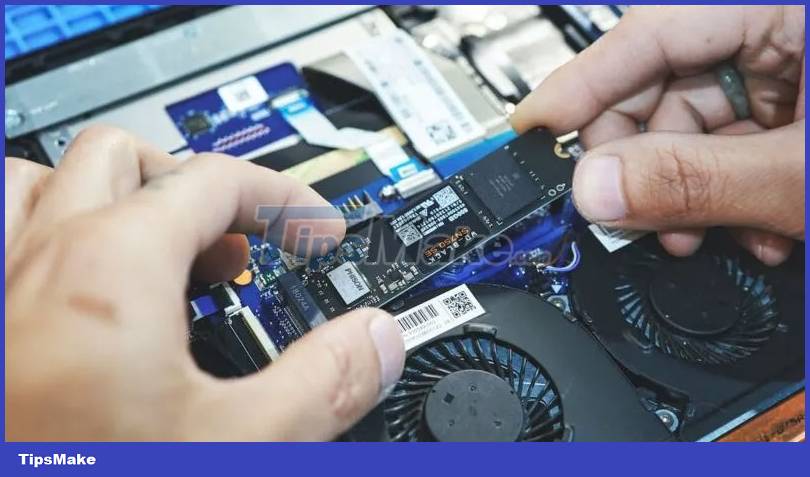 What's the difference between DRAM and DRAM-less SSD? Picture 3
What's the difference between DRAM and DRAM-less SSD? Picture 3
High-end DRAM SSDs that consume a lot of power can also get significantly hot under stress, especially without a proper heatsink on them. If airflow or heat dissipation is a concern for you, you can buy an SSD without DRAM without sacrificing too much performance.
Longevity
Although SSDs, with or without DRAM, have respectable warranties, DRAM drives still have longer coverage because drives without DRAM store data maps directly to NAND Flash memory, causing More wear and tear on memory cells. Unfortunately, this can significantly reduce the lifespan of your SSD.
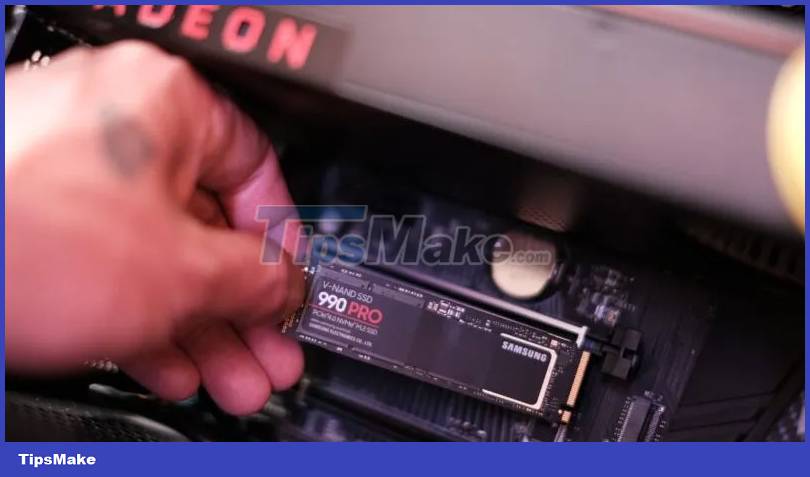 What's the difference between DRAM and DRAM-less SSD? Picture 4
What's the difference between DRAM and DRAM-less SSD? Picture 4
While you still get a 3-year warranty with most non-DRAM SSDs, many DRAM SSDs from reputable brands offer warranties of up to 5 years.
SSDs without DRAM store data maps straight to NAND Flash memory, and NAND memory is slower than DRAM. Unfortunately, this results in slower overall performance. Additionally, storing maps directly into NAND Flash means more wear and tear on memory cells. Unfortunately, this can significantly reduce the lifespan of your SSD. This is often the reason why SSDs without DRAM have a shorter warranty period than SSDs with DRAM.
Advantages of SSD with DRAM
SSDs with DRAM chips boast better performance than SSDs without DRAM. This is because DRAM is much faster than NAND Flash memory. Instead of the PC having to search around the SSD to find relevant data, it can go straight to DRAM. Therefore, the PC will not have to wait too long for the SSD to retrieve the necessary data. This results in a much faster experience for the end user.
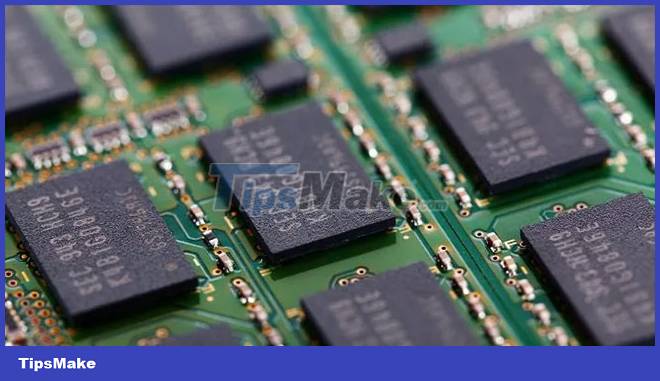 What's the difference between DRAM and DRAM-less SSD? Picture 5
What's the difference between DRAM and DRAM-less SSD? Picture 5
DRAM-less SSD (SSD without DRAM) stores data maps directly to NAND Flash memory. As the article mentioned before, NAND memory is slower than DRAM. Unfortunately, this results in slower overall performance. Additionally, storing maps directly to NAND Flash means more wear and tear on the memory cells. Unfortunately, that can significantly reduce the lifespan of your SSD. This is often why SSDs without DRAM have a shorter warranty period than SSDs with DRAM.
Advantages of SSD without DRAM
 What's the difference between DRAM and DRAM-less SSD? Picture 6
What's the difference between DRAM and DRAM-less SSD? Picture 6
While there are some downsides to DRAM-less SSDs, they are still worth considering. First, SSDs without DRAM are almost always cheaper than SSDs with DRAM. Second, although SSDs without DRAM are slower than SSDs with DRAM, SSDs without DRAM are still much faster than traditional mechanical hard drives. Therefore, if you are upgrading from a mechanical drive to an SSD, you will see a significant speed increase, even if you choose an SSD without DRAM. If you're on a tight budget, you can consider SSDs without DRAM.
Should I choose DRAM or DRAM-less SSD?
With better performance and longer lifespan, the article recommends that most people choose SSD with DRAM. However, a drive without DRAM may be a better choice for you, as long as you are aware of its limitations.
SSDs without DRAM are less expensive. This means they can be a cost-effective way to breathe new life into an old machine or add some faster memory to your current build. If you're thinking about buying an SSD without DRAM, we recommend doing your research and looking at reviews before buying, as they often have a shorter lifespan.
You should read it
- Samsung produces DRAM 16GB LPDDR5 for high-end smartphones
- LPDDR5 8GB DRAM memory chip first for smartphones with a speed of 6,400 Mb / s
- Samsung began manufacturing 20nm DRAM 6Gb chips for mobile devices
- Learn about RAM technologies: DRAM, SRAM, SDRAM and newer
- Samsung produces DRAM 16Gb GDDR6 exclusively for graphics
- What is drama? Drama used to imply
- Samsung launched the 36GB HBM3E 12H DRAM with a series of impressive upgrades
- What is the difference between Hex, RGB and HSL?
- What is the difference between GUI and CLI?
- Difference between Web 2.0 and Web 3.0
- What is the difference between PCIe 3.0, PCIe 4.0 and PCIe 5.0?
- Difference between Tor and VPN
May be interested

How to turn off frequent access on Safari

Microsoft explains why you need Copilot on Windows 11 and 10 even if you don't want to

The worst smartphones of all time

How to detect keyloggers on smartphones

How to Maintain Anonymity on Usenet: A Comprehensive User's Guide

Google will end unlimited WhatsApp backups






 Samsung produces DRAM 16GB LPDDR5 for high-end smartphones
Samsung produces DRAM 16GB LPDDR5 for high-end smartphones LPDDR5 8GB DRAM memory chip first for smartphones with a speed of 6,400 Mb / s
LPDDR5 8GB DRAM memory chip first for smartphones with a speed of 6,400 Mb / s NVMe PCIe 5.0 DRAM-less SSD launched at extremely attractive price
NVMe PCIe 5.0 DRAM-less SSD launched at extremely attractive price Samsung began manufacturing 20nm DRAM 6Gb chips for mobile devices
Samsung began manufacturing 20nm DRAM 6Gb chips for mobile devices Learn about RAM technologies: DRAM, SRAM, SDRAM and newer
Learn about RAM technologies: DRAM, SRAM, SDRAM and newer Samsung produces DRAM 16Gb GDDR6 exclusively for graphics
Samsung produces DRAM 16Gb GDDR6 exclusively for graphics